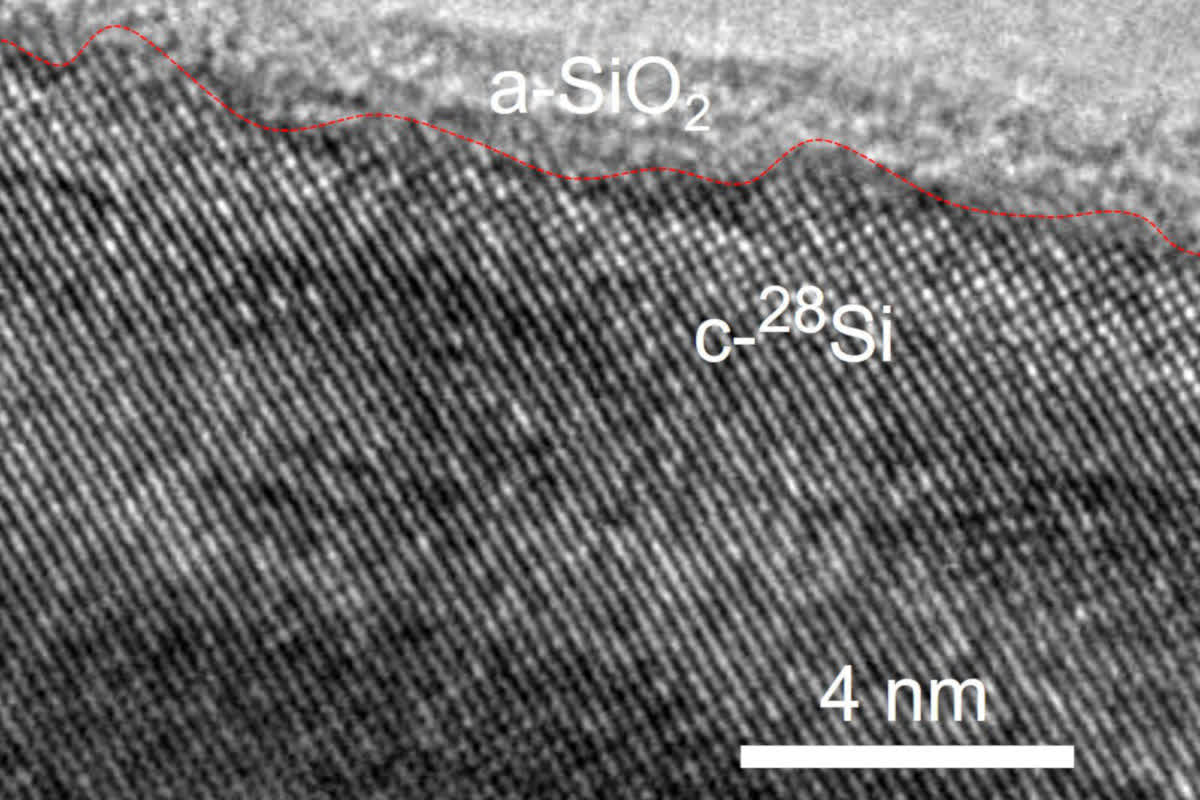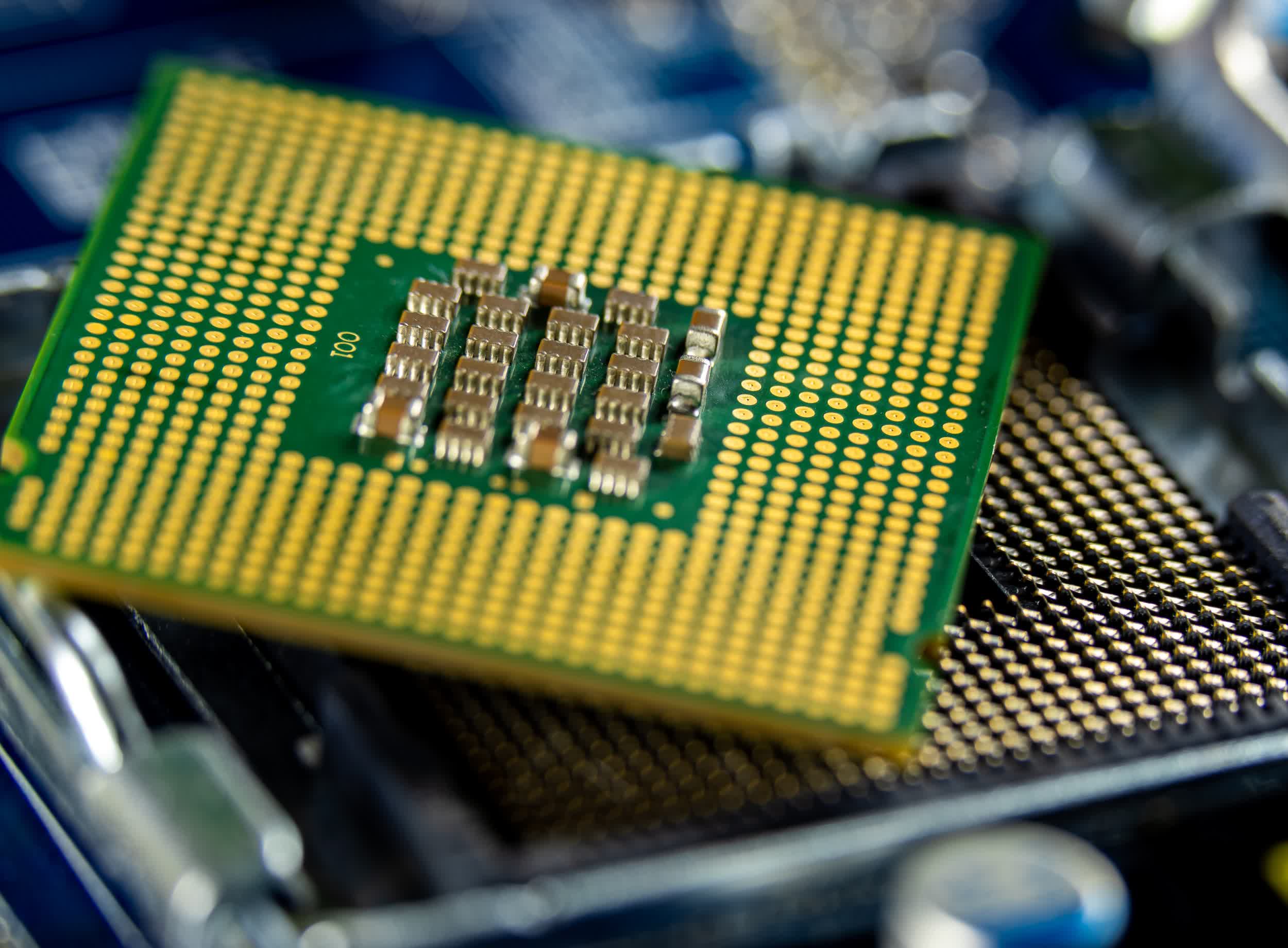Bottom line: Scientists from UC Berkeley have developed and demonstrated a new type of ultrathin silicon nanowire with heat dissipation properties far superior to currently used technology. The discovery could lead to smaller and faster microchips, but manufacturing could be an issue.
Silicon in modern electronics is cheap, abundant and a good conductor of electricity. It isn't a good conductor of heat, however, and that is a bit of a problem considering excess heat is a natural enemy of electronics. The issue only gets amplified in tiny microchips packing billions of transistors.
As Berkeley Lab explains, natural silicon is comprised of three main isotopes. Roughly 92 percent consists of the isotope silicon-28 while the remaining five percent and three percent is silicon-29 and silicon-30, respectively.
It had long been theorized that chips made with pure silicon-28 could better conduct heat and perhaps lead to faster and denser electronics. This was put to the test in the mid-2000s but single crystal samples only exhibited 10 percent better thermal conductivity. Simply put, it wasn't worth the money and effort to create isotopically pure silicon for such a small gain, so the remaining silicon isotope material was put into storage at Berkeley Lab in case other scientists might one day need it.
A few years back, that very scenario presented itself.
Scientists at Berkeley were trying to come up with ways to improve heat transfer in chips and wondered if nanowire made of pure silicon-28 would help. They reached out to the owner of the stored material and were able to secure enough for testing.
The first test involved bulk 1-millimeter-size silicon-28 crystals, and their results mirrored the 10 percent improvement realized years ago. The team then used a process called electroless etching to craft natural silicon and silicon-28 nanowires just 90 nanometers (billionths of a meter) in diameter, or about 1,000 times thinner than a strand of human hair.
The scientists expected an incremental gain over the previous results but were shocked to see the pure nanowires conduct heat 150 percent better than natural silicon nanowires. How was this possible?

Observation under an electron microscopy revealed a glass-like layer of silicon dioxide on the surface of the silicon-28 nanowire. Computational simulation experiments further noted that the absence of silicon-29 and silicon-30 kept phonons from escaping to the surface where they would be slowed down.
Phonons are described as waves of atomic vibration that carry heat through silicon. When they encounter silicon-29 or silicon-30, which have different atomic masses, the phonons get confused and slow down, hampering heat transfer. That's no longer a concern with pure silicon-28.
"To discover that two separate phonon-blocking mechanisms – the surface versus the isotopes, which were previously believed to be independent of each other – now work synergistically to our benefit in heat conduction is very surprising but also very gratifying," said study leader Junqiao Wu.
The team's next goal is to determine if they can control, rather than simply measure, heat conduction in pure silicon nanowires.
The full study has been published in the peer-reviewed scientific journal Physical Review Letters.
Image credit: Sergei Starostin, Matthew R. Jones and Muhua Sun from Rice University
